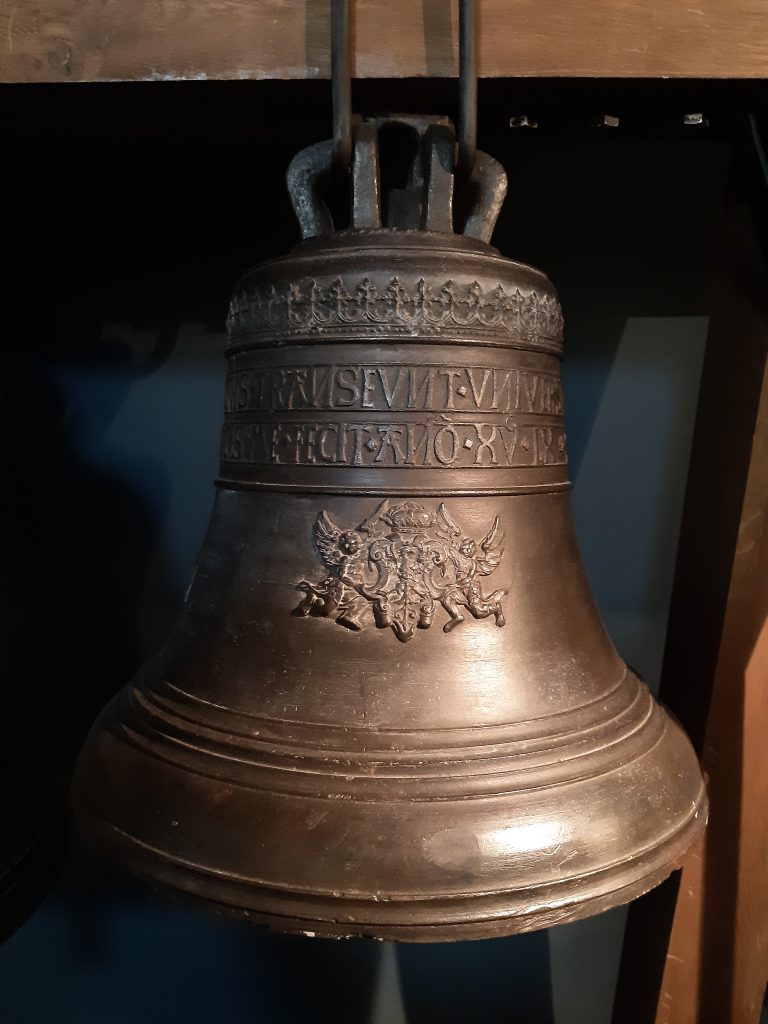 At this moment, the city of Gdańsk is busy hosting its annual Carillon Festival. An interesting example of the cultural relations between the Netherlands and Poland concerns the carillons in Gdańsk. In 1561, a carillon consisting of 14 bells was installed in the new tower of the Main Town Hall. The bells had been cast the previous year in ’s-Hertogenbosch, Brabant, by the bell-founder Johannes Moor. Together, they made up the oldest carillon outside the Low Countries. Each bell was adorned with the coat of arms of Gdańsk, Prussia and Poland, and carried a Latin sentence: “Time covers the whole world and everything under heaven passes in its spaces. Johannes Moor from ’s-Hertogenbosch made me in the year 1560.” Every hour, the carillon played two alternating melodies, which were changed weekly according to the liturgical calendar. Furthermore, a second carillon from the Northern Netherlands was installed in St. Catherine’s Church during the eighteenth century. It was cast by Johann Nicolaus Derck in Hoorn, Holland.
At this moment, the city of Gdańsk is busy hosting its annual Carillon Festival. An interesting example of the cultural relations between the Netherlands and Poland concerns the carillons in Gdańsk. In 1561, a carillon consisting of 14 bells was installed in the new tower of the Main Town Hall. The bells had been cast the previous year in ’s-Hertogenbosch, Brabant, by the bell-founder Johannes Moor. Together, they made up the oldest carillon outside the Low Countries. Each bell was adorned with the coat of arms of Gdańsk, Prussia and Poland, and carried a Latin sentence: “Time covers the whole world and everything under heaven passes in its spaces. Johannes Moor from ’s-Hertogenbosch made me in the year 1560.” Every hour, the carillon played two alternating melodies, which were changed weekly according to the liturgical calendar. Furthermore, a second carillon from the Northern Netherlands was installed in St. Catherine’s Church during the eighteenth century. It was cast by Johann Nicolaus Derck in Hoorn, Holland.
Sadly, most bells from the original carillons have been destroyed, respectively during World War II and by a fire in 1905. Only a few original bells survive. However, new carillons were installed both in the Town Hall and in St. Catherine’s Church. Once again, they were made by bell-founders from Brabant: the Royal Eijsbouts Bell Foundry in Asten, not far from ’s-Hertogenbosch. This year, the Carillon Festival features several Dutch performers: Paul Maassen, Richard de Waardt and Boudewijn Zwart.
*I originally wrote this post for the social media outlets of the Dutch Embassy in Poland. This was post no. 36.